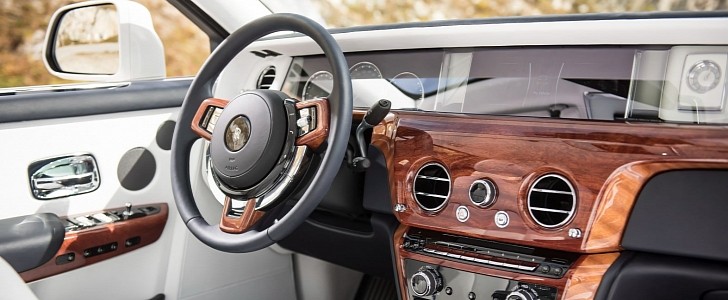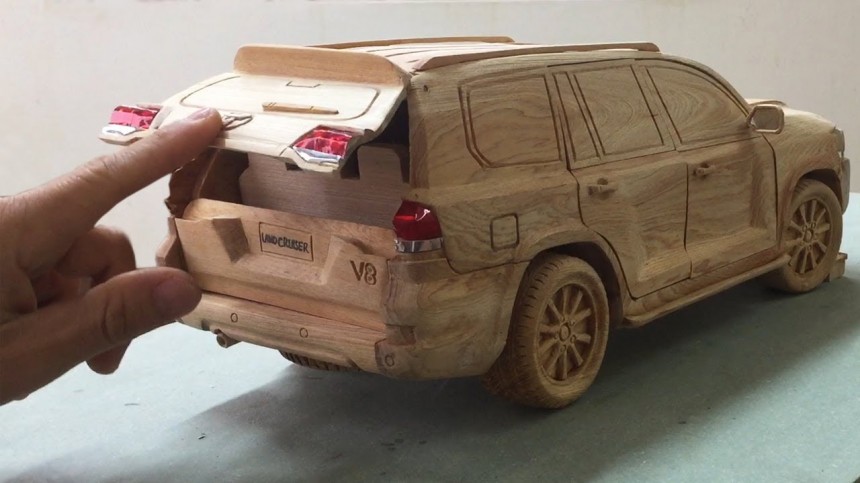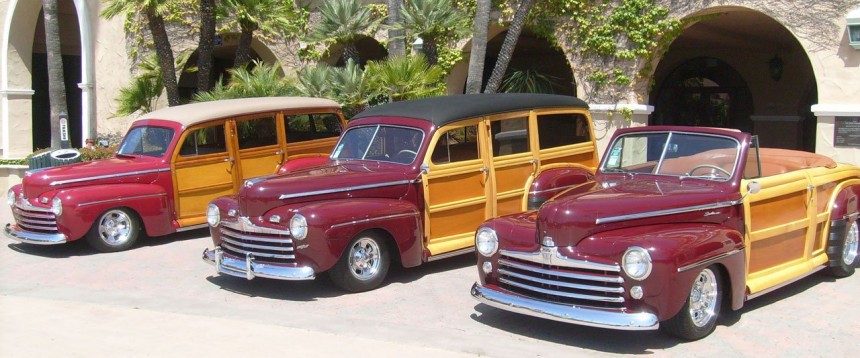Since before we could even imagine the wheel, let alone the car, we’ve been using and manipulating wood to our liking. But, with advancements in technology, wood seems to have been left in the dust. Or has it?
Wood’s been in our lives for a while now. It’s nothing new. From our first tools used to bash open that sweet coconut to our first decent wheels.
Lately there’s been a real hard push toward lighter and stronger materials used for building just about anything. From toothpicks to space ships, we’re constantly engaged in coming up with the next best thing.
Some, on the other hand, have turned their attention to the already available, renewable, and historical material, wood.
One of the leading teams in the manipulation of wood and wood pulp, or rather “cellulose nanofibers,” as the engineers like to call it, have been the tech-savvy Japanese.
At Kyoto University, Professor Hiroyuki Yano, has been leading the research for advancements in the use of wood and wood-pulp fibers in the production of lighter auto components.
Now, it’s not as simple as taking a sheet of wood and heating, cooling, and eventually shaping it into a hood, a door-panel or a dash. The process involves breaking down wood fiber through the application of chemical treatments, reducing it to nanofibers several hundredths of a single micron thick.
Just to put that into perspective, the average human hair is about 50 microns thick. Those fibers are then mixed in with pre-existing materials such as plastic to create a hybrid material that is said to be just as strong as steel but 80% lighter.
According to Professor Yano, “This is the lowest-cost, highest-performance application for cellulose nanofibers, and that’s why we’re focusing on its use in auto and aircraft parts.”
Kyoto University has also produced a wood supercar known as the Nanocellulose Vehicle.
This doesn’t mean that other ways of incorporating cellulose haven’t been researched or even incorporated already in vehicles. You may be surprised to know that major auto manufacturers have looked into wood tech recently and have adopted its use in one form or another.
Ford engineers have been researching and incorporating the use of CNF’s since 2001. The Mondeo and Kuga / Escape are utilizing a mixture of 50 percent Kenaf and 50 percent plastic in interior door panels, helping to reduce component weight by more than 30 percent. Some Ford branches seem to be working on the incorporation of bamboo into their designs.
The current cost of producing a kilogram of cellulose nanofibers or CNF is around 9 dollars. Steel and aluminum alloys are currently standing at 2 dollars per kilogram to produce, and carbon fiber currently costs around 20 dollars per kilogram, but is projected to drop to 8-10 dollars per kilo by 2025. Graphene, another wonder material, is currently around 100 dollars per kilogram.
Now this tech is not drawback free. Constant changes in material technology also produce changes in education, equipment, and the manpower needed to efficiently use and monitor said technology. Not that this would be a bad thing, but sometimes it can be a bit overwhelming.
“Light-weighting is a constant issue for us. But we also have to resolve the issue of high manufacturing costs before we see an increased use of new, lighter-weight materials in mass-volume cars.” - Masanori Matsushiro,Toyota Motor Corp.
New production processes do require a large amount of investment in order to be developed properly and that’s something industry leaders know all too well.
Lately there’s been a real hard push toward lighter and stronger materials used for building just about anything. From toothpicks to space ships, we’re constantly engaged in coming up with the next best thing.
Some, on the other hand, have turned their attention to the already available, renewable, and historical material, wood.
One of the leading teams in the manipulation of wood and wood pulp, or rather “cellulose nanofibers,” as the engineers like to call it, have been the tech-savvy Japanese.
At Kyoto University, Professor Hiroyuki Yano, has been leading the research for advancements in the use of wood and wood-pulp fibers in the production of lighter auto components.
Just to put that into perspective, the average human hair is about 50 microns thick. Those fibers are then mixed in with pre-existing materials such as plastic to create a hybrid material that is said to be just as strong as steel but 80% lighter.
According to Professor Yano, “This is the lowest-cost, highest-performance application for cellulose nanofibers, and that’s why we’re focusing on its use in auto and aircraft parts.”
Kyoto University has also produced a wood supercar known as the Nanocellulose Vehicle.
This doesn’t mean that other ways of incorporating cellulose haven’t been researched or even incorporated already in vehicles. You may be surprised to know that major auto manufacturers have looked into wood tech recently and have adopted its use in one form or another.
Ford engineers have been researching and incorporating the use of CNF’s since 2001. The Mondeo and Kuga / Escape are utilizing a mixture of 50 percent Kenaf and 50 percent plastic in interior door panels, helping to reduce component weight by more than 30 percent. Some Ford branches seem to be working on the incorporation of bamboo into their designs.
Now this tech is not drawback free. Constant changes in material technology also produce changes in education, equipment, and the manpower needed to efficiently use and monitor said technology. Not that this would be a bad thing, but sometimes it can be a bit overwhelming.
“Light-weighting is a constant issue for us. But we also have to resolve the issue of high manufacturing costs before we see an increased use of new, lighter-weight materials in mass-volume cars.” - Masanori Matsushiro,Toyota Motor Corp.
New production processes do require a large amount of investment in order to be developed properly and that’s something industry leaders know all too well.







